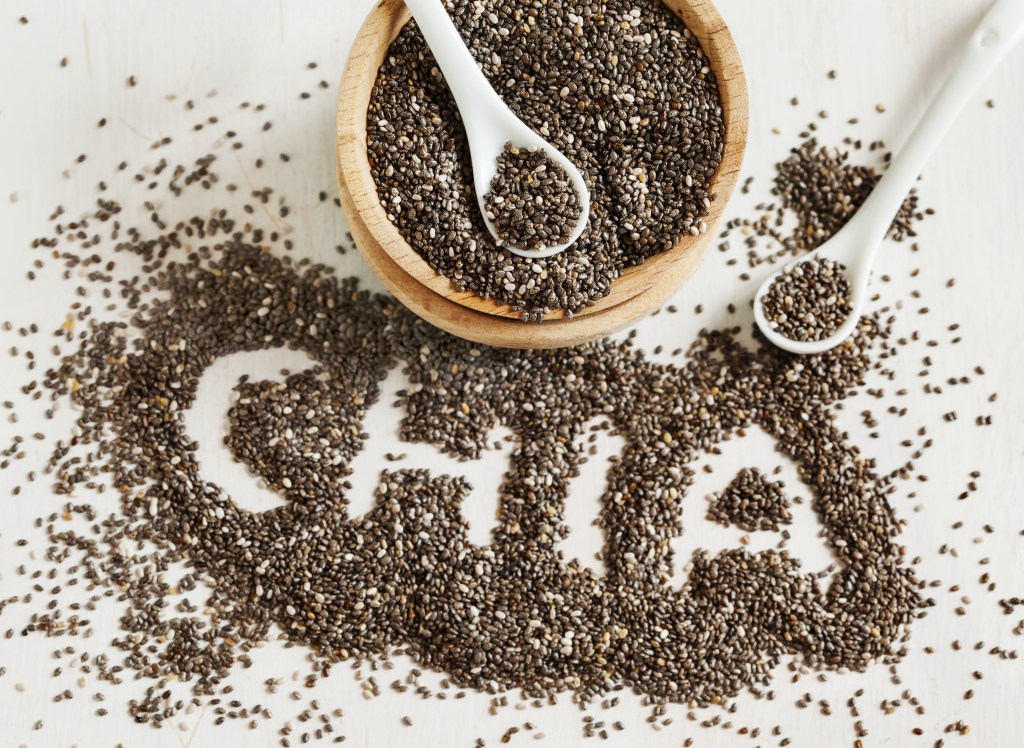We hear it all the time: don’t eat after dinner!
For the most health supportive eating practices, we often recommend that your dinner be the last food you eat for the day. Particularly for those looking to lose weight or rebalance hormones, for optimal digestion and to reduce stress on the body and prioritize sleep, eating late in to the night is certainly not ideal, huge truth there.
But one person’s schedule does not match the schedule of the next and real life can get in the way of an ideal eating schedule, let’s face it! Some folks have to work until 6 or 7 or 8 or 9 or 10pm and maybe there’s a decent dinner in there somewhere or maybe there isn’t, regardless their bodies are hungry and searching for nutrient input in the later hours and hey, that’s life and that’s also totally ok!
One thing I know for sure is that late night food HAS to be easy! As an athlete and a dancer with occasional late night rehearsals, I’m no stranger to the evening stumble home, tummy grumbling, blank faced fridge stare! Planning is everything (as you’ve heard me say so many times already 😉), likely you know you’re schedule ahead of time and likely you can take 10 minutes to do a little prep, (you know you can!) and having a little something on hand, ready for your tired self, will help your late-night super-bagged self out BIG time!
As with everything food related, there are better and worst choices that can be made in the hours past dinner and what you put in your body at that time can greatly affect your sleep, your digestion, your immune function, and how good you feel when you awake the next morning!
Here are a few things to consider…
Choosing the Right Foods Past 6pm
Easy to Digest: This is not a great time for complex proteins or difficult to break down grains, your digestive system is getting ready for rest, just as you are, so consider gentle, soothing foods: simple carbs, plant-based proteins, oats, fruit, avocado, bananas, soup, etc.
Foods High in Potassium & Magnesium: Both these minerals can help to promote relaxation, sleep, and ease the body into the parasympathetic nervous system for a restful overnight.
Great Sources of Magnesium: Greens, Kale, Avocado, Banana, Legumes, Nuts, Seeds, Figs, Chia Seeds, Raspberries, & Fish
Great Sources of Potassium: Bananas, Oranges, Cantaloupe, Honeydew, Apricots, Grapefruits, Spinach, Broccoli, Sweet Potatoes, Mushrooms, Peas, & Cucumbers
Foods That Help Produce Melatonin: Melatonin is a hormone that is responsible for regulating your circadian rhythm (sleep/wake patterns). As we approach the end of the day, melatonin production naturally increases to help you sleep. Certain nutrients can aid in the production of melatonin: tryptophan, magnesium, calcium, & B6.
Best Foods for Melatonin Production: Oats, Nuts, Seeds, Legumes, Leafy Greens, Banana, Avocado, Flaxseeds & Sunflower seeds, Cherries, Chia Seeds
Foods to Steer Clear From: Caffeine, Spicy Foods, Alcohol, Animal Protein, Animal Fat, Heavy Meals: Pasta/Brown Rice/Raw Vegetables, & Large Portions
Late Night, Restful Sleep & Happy Belly,
Snack Ideas
Chia Pudding + Fruit/Berries
Overnight Oats/Almond Butter Oatmeal
Small Bowl Lentil Soup/Mushroom Soup
Guacamole + Rice Cakes/Rice Crackers
Lentil Hummus + Rice Cakes/Rice Crackers
Warm Almond Milk
Banana + Almond/Sunflower Seed Butter
Banana Ice Cream
Steamed Greens + Avocado + Lemon + Salt
MY FAVOURITE VANILLA CHIA PUDDING
1/3 cup chia seeds
1 ½ plant based milk (I use 1 can coconut milk - full fat - this will make it really thick 😋)
2 tsp vanilla
2 Tbsp maple syrup
Note: for Chocolate Chia Pudding, add 2 Tbsp cacao powder
• Combine all ingredients in a pint sized glass jar. Cover the jar with a lid and shake vigorously or stir well with a spatula.
• Chill for about an hour, then return to the jar and shake or stir again. Chill for at least 4 hours, overnight is better.
• Serve cold sprinkled with fruit, your favourite granola, or nuts and seeds.
NOTE: I really like adding lemon juice to this recipe also - 2-3 Tbsp fresh, it ends up tasting like lemon meringue pie!! Sooooo good!!
If you have to have a late night snack, prepare ahead of time and embrace it with intention & mindful choices!












